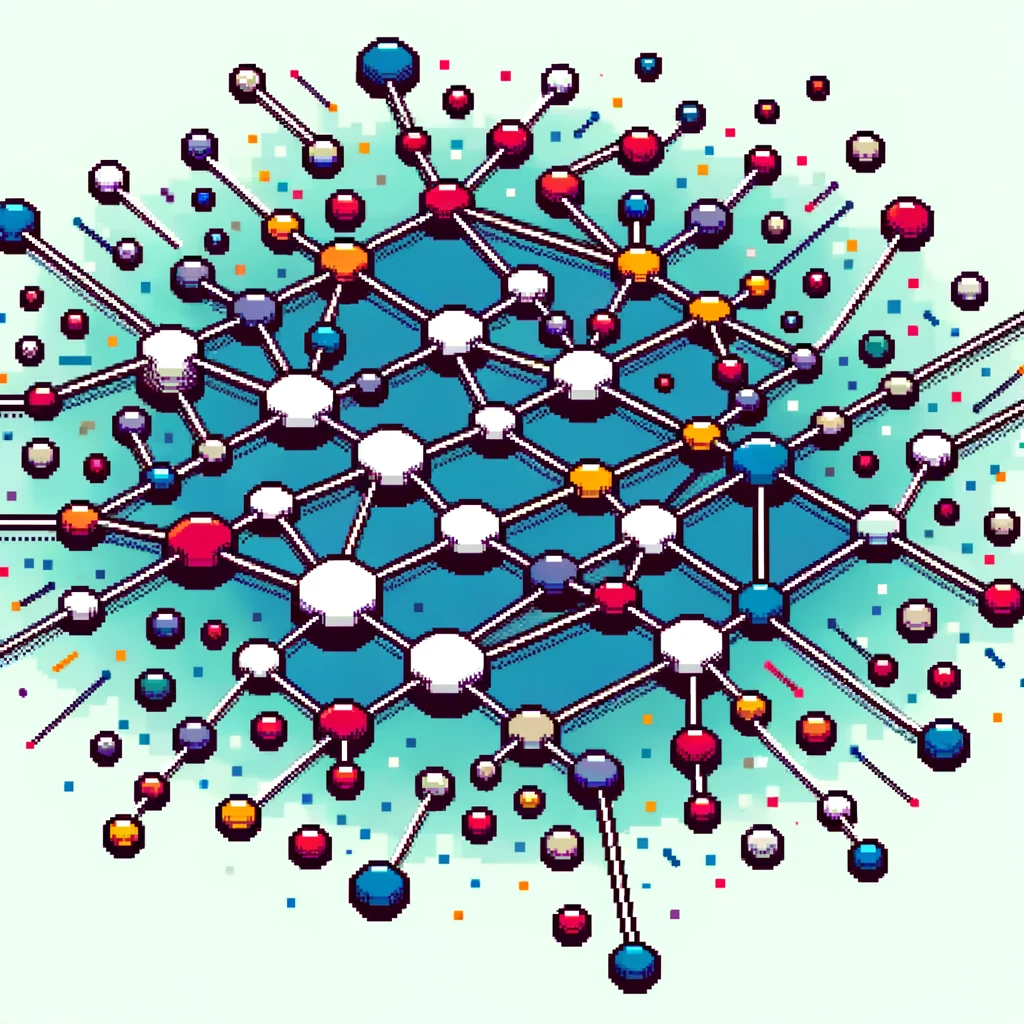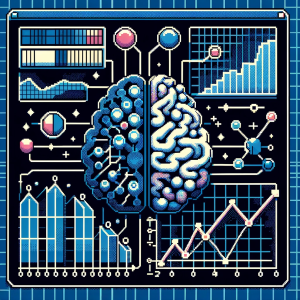
Understanding the Strength of Weak Ties Theory
Imagine you’re in a room full of strangers. Some of them might become acquaintances, a few might turn into close friends, but most will remain distant. However, these distant connections, or ‘weak ties’, could be more valuable than you think. In the captivating world of social networks, these weak ties hold a powerful place, something sociologist Mark Granovetter emphasized in his influential work, “The Strength of Weak Ties.”
As we celebrate the 50th anniversary of Granovetter’s theory, it’s the perfect time to delve into its nuances and relevance today. The article “What Makes Weak Ties Strong?” offers a fresh perspective on this landmark concept.
Exploring Weak Ties as Bridges
One key question posed in the article is whether weak ties act as bridges, connecting us to more socially distant people, and whether they effectively transmit information. It turns out that weak ties, while less intimate, can link us to a wider circle, offering access to new and diverse information. These ties, often overlooked due to their perceived insignificance, can be instrumental in scenarios like job hunting, where a distant connection could open the door to unexplored opportunities.
The Intricacies of Information Diffusion
Granovetter’s theory also ponders on how efficiently weak ties disseminate information. This is crucial because even if these ties connect us to far-flung social circles, they need to effectively relay information to be truly beneficial. The article we’re exploring dives deep into this aspect, questioning the real impact of weak ties in spreading information across different social networks.
Weak Ties and Social Distance
A fascinating revelation from the article is the non-linear relationship between the strength of a tie and its reach. Contrary to what one might expect, it’s not always the weakest ties that bridge the greatest social distances. Sometimes, even strong ties can span vast social landscapes, challenging the core of Granovetter’s thesis. This nuanced understanding of social networks can reshape how we view our connections, both weak and strong.
The Strength of Weak Ties in the Digital Era
In our digital age, where connections span across various online platforms, the dynamics of weak and strong ties gain even more complexity. The ease of maintaining connections, regardless of physical distance, has potentially altered how these ties function and their role in information diffusion.
Human Agency in Network Utilization
An essential aspect brought to light is the role of human agency in using these ties. The way people choose to leverage their network, whether they’re nurturing close friendships or tapping into distant acquaintances, greatly influences the value derived from these connections. This personal agency in network utilization can sometimes be as pivotal as the structural properties of the ties themselves.
Implications for the Future
The ongoing research and discussions surrounding the Strength of Weak Ties theory emphasize the importance of continually reassessing and exploring our social networks. The insights gathered not only enrich our understanding of social structures but also guide us in effectively utilizing our personal and professional networks for maximum benefit.
Conclusion
The exploration of Granovetter’s Strength of Weak Ties theory, particularly through the lens of the article “What Makes Weak Ties Strong?”, opens up fascinating avenues for understanding our social world. As we navigate our networks, both personal and professional, this theory reminds us of the hidden power in those seemingly insignificant connections. Embracing these weak ties can lead to unexpected and rewarding paths.
Embark on a Scientific Adventure:
Join ‘This Week in Science’ and explore the universe of knowledge! Our weekly newsletter is crafted for educators and enthusiasts, bringing you the latest and most exciting scientific discoveries. Every issue is packed with cutting-edge research, breakthroughs, and captivating stories from the world of science. Subscribe now for free and transform your teaching and learning experiences. Embark on your path to becoming more knowledgeable and connected with the ever-evolving world of science.



